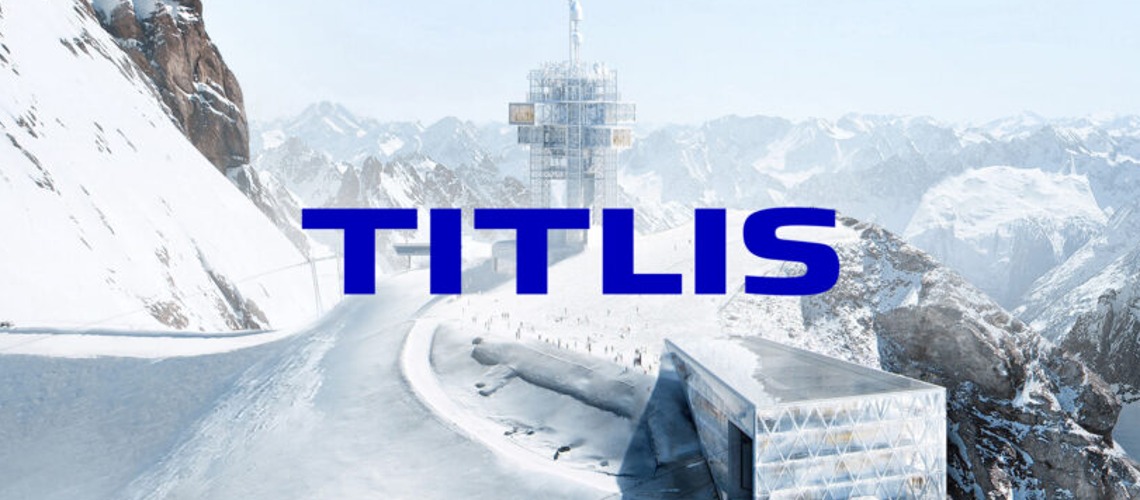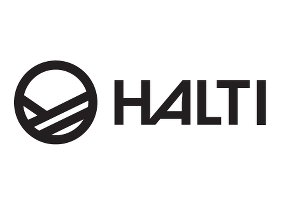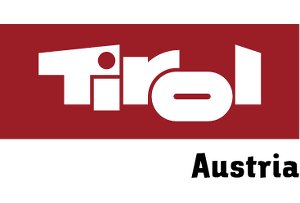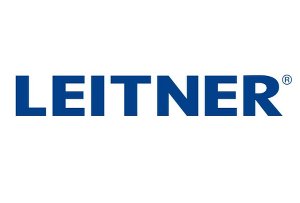SwisGIS Underload Transport System: Efficient And Safe Freight Transport For The Construction Project On Mount Titlis:

By 2029, an additional aerial tramway will be put into operation on Mount Titlis in stages, the well-known directional beam tower will be expanded, and a new mountain station will be built. One challenge of this major project is the transport of construction materials to the summit at an altitude of 3,000 meters. To ensure an efficient flow of materials, Titlis Bergbahnen deployed its cable car systems and equipped them with new GIS underload transport systems. State-of-the-art technology and numerous assistance systems ensure safe and smooth freight transport.
With its over 3,000-meter-high summit, Mount Titlis is one of Switzerland's most internationally renowned tourist destinations, attracting tourists from all over the world. Given the steadily increasing number of visitors, the mountain station, built in 1967, is slowly reaching its capacity limits. Bergbahnen Engelberg-Trübsee-Titlis AG has therefore launched an extensive construction project. By 2029, the project will gradually expand the distinctive directional beam tower for tourist use, followed by the replacement of the mountain station with a new building. The goal is to massively improve the ecological sustainability of the infrastructure and create new opportunities for restaurants, hotels, and events. An important milestone in the project is the commissioning of the new single-track "Titlis Connect" aerial tramway connecting Stand station with Mount Titlis, parallel to the existing Rotair cable car. It is scheduled to enter operation in early 2025 and will be used primarily for material transport during the construction phase, and later also for passenger transport.
Freight transport by cable car
The challenges of such a large-scale project are manifold. One of them is the transport of construction materials and equipment up the mountain. In addition to helicopter flights, this is primarily done by cable car from spring to autumn. The goods are first transported by truck to Gerschnialp above Engelberg and from there by cable car. The aerial tramways transport the loads in several stages to Trübsee, then to the stand, and finally to the summit of Titlis. Goods can be transported both in the cabin and via underfloor loading beneath the gondola, but always separately from the tourist passengers. To meet the demands of the construction project, each of the three cable car systems involved received a new underfloor loaded cabine (ULC) transport system from GIS in spring 2024. It consists of four chain hoists mounted on the underfloor of the cabin, to which containers, barrels, and other loads can be attached.
Electronic assistants to support the operator
To pick up the goods, the gondola positions itself outside the mountain station above the provided material. The load strands of the four hoists are lowered and the transported goods are hooked onto the safety load hooks. With the synchronization of the electric chain hoists activated, the container is then gently hoisted up to the cabin. Near the gondola, the hoists first switch from fast to slow lifting speed before stopping in the preprogrammed end position. An operator monitors and controls the entire lifting process via a radio remote control. The electric chain hoists can be operated individually or together as a group, with the operator viewing the loads of the chain hoists and the position of the load hooks in real time on the display of their handheld transmitter. Additional control elements allow all chain strands to be adjusted to the height of the top or bottom hook and to balance the load. These safety functions have proven particularly effective when used with the Rotair cable car between Stand and Titlis. Here, transport not only takes place from station to station, but also regularly in open terrain with lifting heights of up to 35 meters. Especially at night or in fog, when the load is not always visible to the operator, he must be able to rely on the electronic assistance systems and the information on the display.
Control system ensures increased safety
The GIS underload transport system meets the safety requirements of EN 14492-2 and IGW SQP2 (holding loads above persons) and offers increased safety during loading and unloading, as well as during the journey, which runs over numerous hiking trails and crosses another cable car at one point. It consists of four GIS GP1600 electric chain hoists and a mobile control unit. The chain hoists are connected to the control unit via cables, which carry both power and data. This unit travels on a trolley in the gondola and is the brain of the transport system, as it controls and monitors the chain hoists. In consultation with the cable car manufacturers, a payload limit was defined, the exceeding of which must be prevented by the monitoring software, as well as the overloading of an individual chain hoist due to uneven weight distribution of the transported goods. At the end of the shift, the control unit can be disconnected in just a few minutes to prepare the cabin for passenger transport.
Uninterrupted operation is of great importance
When Titlis Bergbahnen approached GIS AG, a manufacturer of electric chain hoists and crane systems, at the beginning of the project, there were clear requirements that needed to be met with the supplied underload transport units. In addition to safety aspects during multi-shift operations and changing users, the ULC system ensures optimal utilization of the cabin payload and thus extremely efficient material transport. No significant modifications to the gondolas were required for integration, as the existing fixtures of the old systems could also be used for the new ones.
Uninterrupted operation is crucial, not only during the construction phase. GIS electric chain hoists have proven themselves in tough service over many years. The modular configuration of the units also ensures that the chain hoists and control systems can be used on all three lines, enabling rapid equipment replacement and short response times in the event of malfunctions or maintenance work. Based on this positive experience, plans are underway to equip the Titlis Connect, which will enter service in a few months, with a GIS underload transport system.
Technical data / profile
- The three cable car sections Gerschnialp-Trübsee, Trübsee-Stand, and Stand-Titlis have a new system for lower load transport. The "Titlis Connect" cable car currently under construction is also planned to receive a similar transport system.
- The underload transport system consists of four hoists (GP1600 electric chain hoist) and a mobile control unit. This transport unit is operated via radio control.
- The control unit is mobile and mounted on a transport trolley for transport in the gondola. It handles the power control of the drives as well as the monitoring functions. The radio receiver and the power supply are mounted on it, and it has a display that shows operating information similar to the radio transmitter. However, the transport system is operated exclusively with the handheld transmitter of the radio control or, at most, with a plug-in emergency control switch.
- The handheld transmitter for the radio control has two joysticks, one for the travel commands and one for selecting and deselecting the lifting units. Toggle switches are used to switch from individual to group operation, activate the taring function for balancing the hook positions, and sound the horn. A display provides the operator with information on the current hook positions, loads, and operating status of the lifting units.
- GIS GP1600 electric chain hoists are used as hoists, with a maximum lifting height of 35 m and two lifting speeds (8/2 m/min). The hoist motor is equipped with thermal overload protection. The hoists feature a second brake as a secondary safety feature in case the normal holding brake fails, as well as a geared limit switch for the upper and lower hook positions. Components for electronic load and travel measurement are installed. The load is picked up by safety load hooks.
- The permissible payloads of the underload transport systems were determined in consultation with the cable car manufacturers and compliance with these limits is monitored by the mobile control system.
- During normal operation of the transport system, the hook position and load of each individual chain hoist, as well as the entire group, are monitored. Near the cabin, the hoist automatically reduces to the lower lifting speed and then stops. The taring function allows the load hook positions to be aligned to ensure the transported load is aligned horizontally.
- A role concept with authorizations for the various operating modes is in place for users. Using a security key, the operating mode of the mobile control system can be switched from normal to emergency operation, thus deactivating the electronic monitoring functions. The direct, mechanical overload protection remains active in accordance with EN14492-2, as does the geared limit switch for the lowest and highest hook positions.
- The hoists are connected to the mobile controller via a pluggable interface. The cable serves both as a power supply and for data transfer. The connectors are designed to prevent the hoists from being mixed up when connecting to the controller.The transport system is designed for holding loads above people in accordance with EN 14492-2 and the D8+ standard according to IGVW SQP2, and is based on the Machinery Directive 2006/42/EC. The control system meets the safety requirements of EN 13849, and the monitoring of tandem operation is carried out in accordance with EN 15011.













